Herbarium specimens and samples collected on this year’s Bush Blitz expedition to Lake Torrens are currently being processed. Now that they have been fully dried, pressed specimens will be mounted on acid free paper and silica gel dried leaves for future DNA analyses are stored away safely.
The expedition consisted of a team of eleven Bush Blitz and support staff (including two helicopter pilots and one cook), 16 scientists and eight BHP employees, who were volunteering and assisting the scientists during field work. (Not all team members stayed for the full two weeks.)
The State Herbarium‘s team of botanists and mycologist Teresa Lebel from the National Herbarium of Victoria reported the following highlights to Bush Blitz:
- Collection of just over 900 specimens (nearly all sub-sampled by tissue in silica gel as desiccant to provide material for DNA studies). The total number of species is not yet determined, but would be over 300 vascular plants, algae, fungi, lichens and bryophytes
- Collection of a population sample from the only known occurrence of a recently-discovered undescribed Sclerolaena (Copper Burr)
- Discovery of an intact host-root connection of the parasitic plant Orobanche cernua var. australiana (Austral Broomrape), parasitising the daisy species Leiocarpa websteri
- Recorded and sampled large populations of an undescribed wattle related to Western Myall (Acacia papyrocarpa) and currently known by the phrase name Acacia sp. Blyth Range (W.V.Fitzgerald s.n. 1898) or Acacia aff. papyrocarpa
- Sampled a submerged aquatic liverwort, and several species of algae, rarely collected in South Australia
- Collection of a tiny pathogenic (i.e. host-damaging) fungus on Tecticornia (samphire); lignum (Duma florulenta) was the only previously known host for this fungus species
- Collected about 10 species of arid macro-fungi.
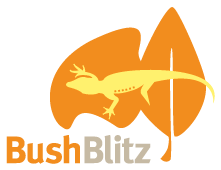 Bush Blitz is an innovative partnership between the Australian Government, BHP Billiton Sustainable Communities and Earthwatch Australia. It is the world’s first continent-scale biodiversity survey, providing the knowledge needed to help us protect Australia’s unique animals and plants for generations to come.
Bush Blitz is an innovative partnership between the Australian Government, BHP Billiton Sustainable Communities and Earthwatch Australia. It is the world’s first continent-scale biodiversity survey, providing the knowledge needed to help us protect Australia’s unique animals and plants for generations to come.

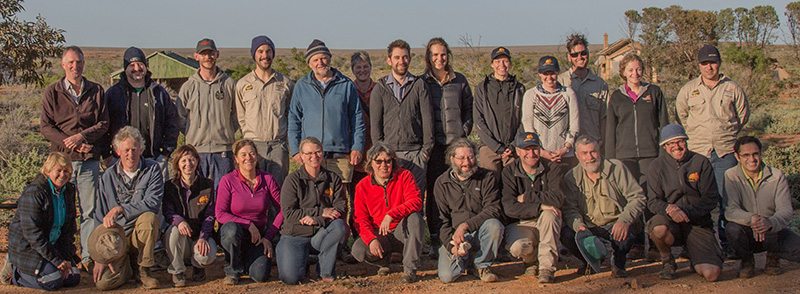



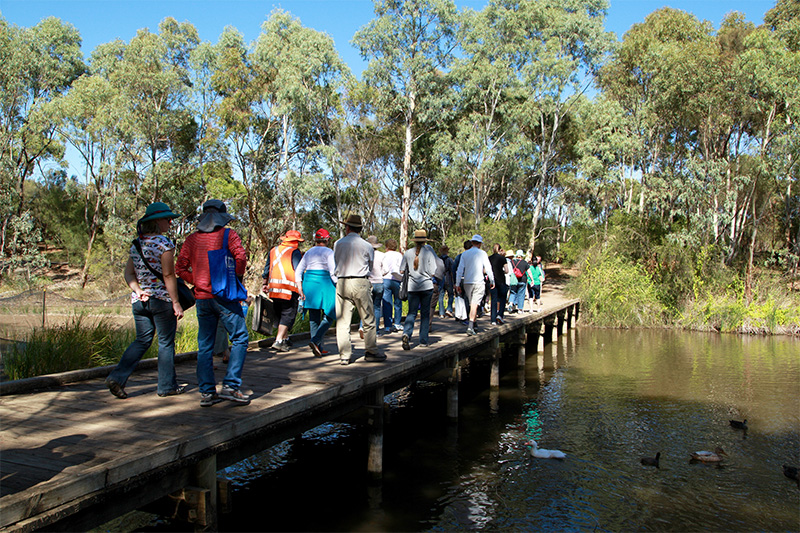
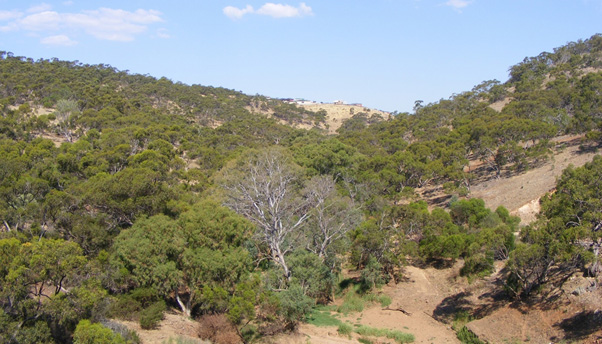
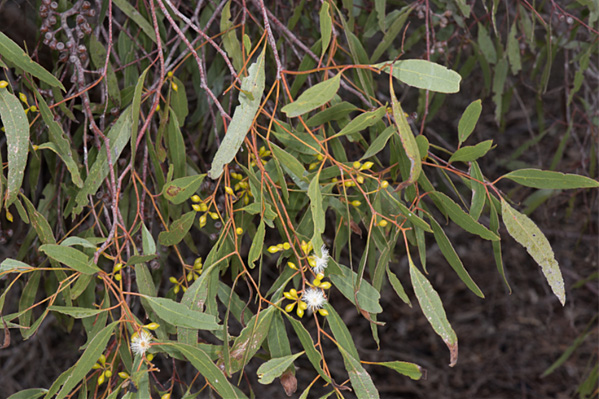



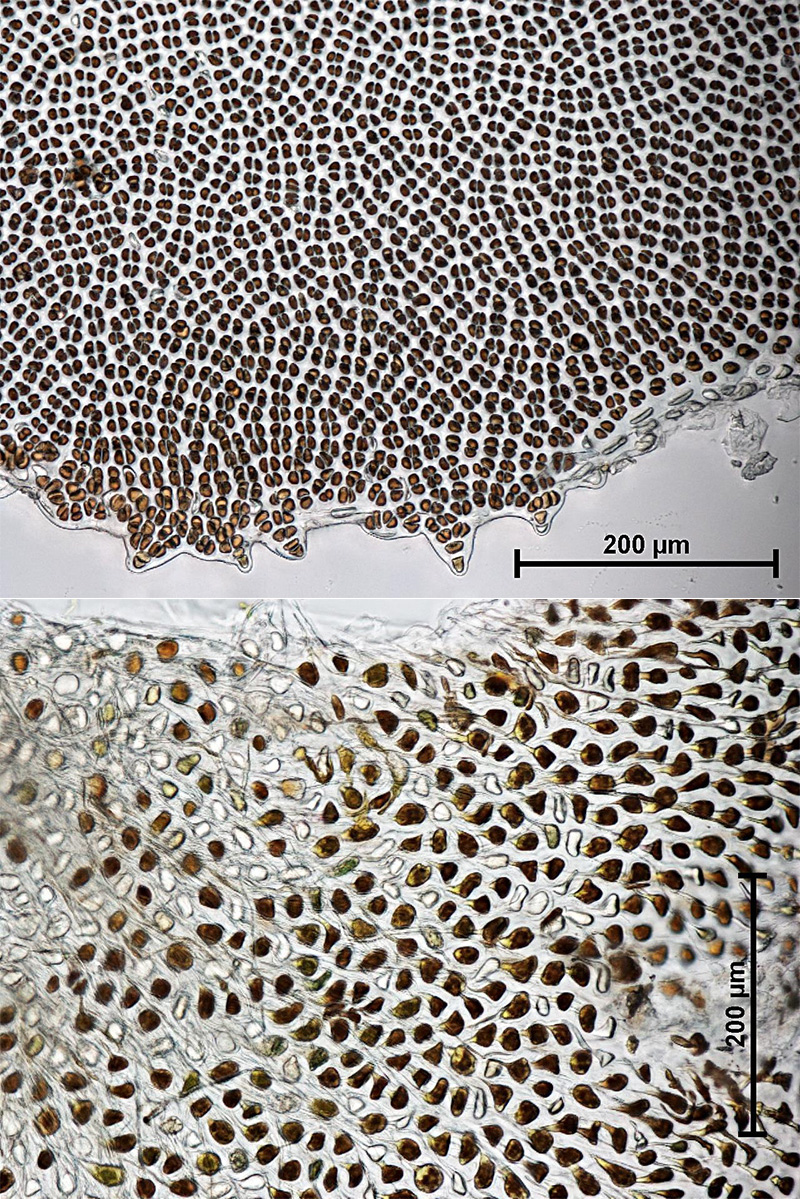

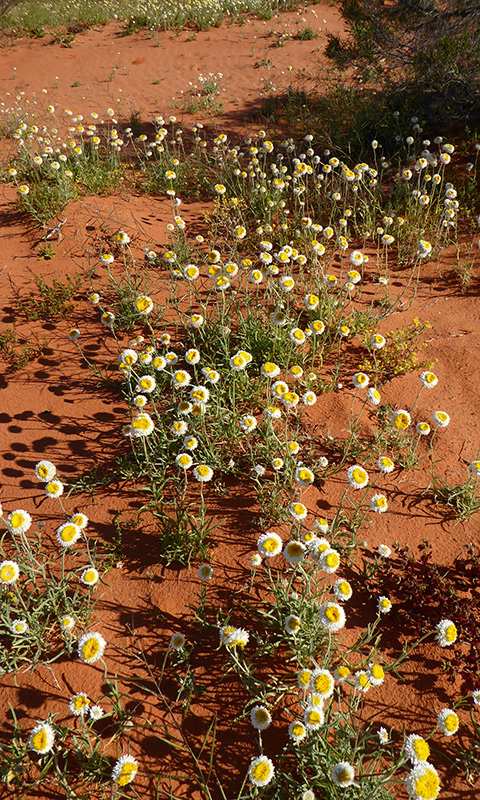
You must be logged in to post a comment.